Historic Treasures of Wangfujing Walk
Embark on a free walking tour through Beijing's rich history. 我有三个小时的时间,我想多逛一些历史气息厚重的地方,我选择步行,我不想走太多路,不要超过5公里的路程。
Time
3 Hours
Stops
9 Places
Distance
4.4 km
St. Joseph's Church (East Church)
Known as Dongtang, this Gothic-style church built in 1904 is one of Beijing's largest and best-preserved churches, offering a glimpse into the city's colonial past.
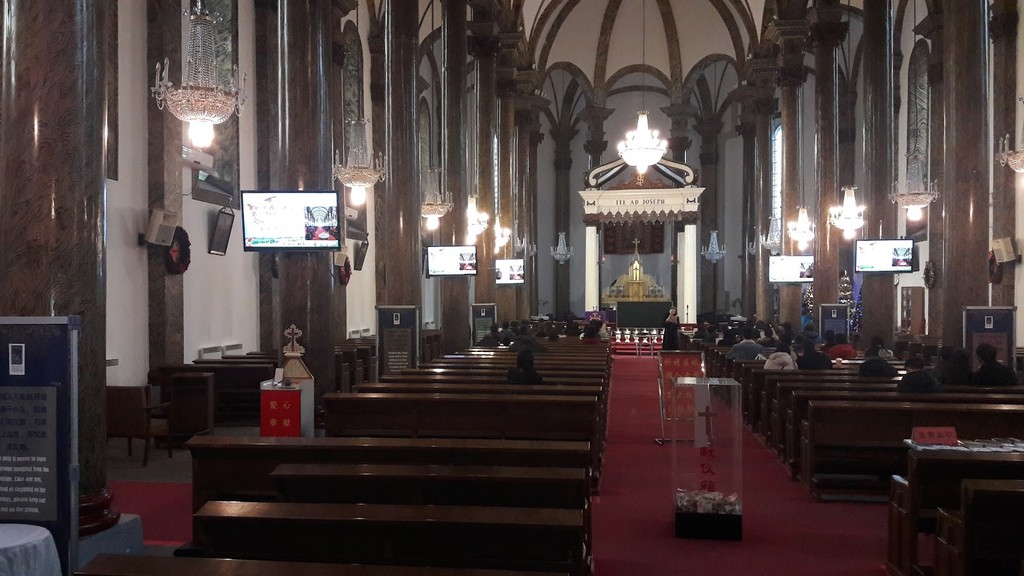
St. Joseph's Church (East Church) (Source: Google Maps)
St. Joseph's Church, also known as Dongtang, was constructed in 1904 and is an exquisite example of Gothic architecture in Beijing. It stands as one of the largest and best-preserved churches in the city, reflecting the influences of colonialism during the late Qing Dynasty. The church features stunning stained glass windows and intricate stone carvings, providing a serene atmosphere for visitors. Historically, it served as a spiritual haven for the local Catholic community and has been a witness to significant events in Beijing's history. Today, it not only continues to host religious services but also welcomes tourists seeking to explore its architectural beauty and historical context.
The Former Residence of Lao She
This museum is dedicated to Lao She, one of China's most famous writers, offering insights into his life and the literary history of Beijing.
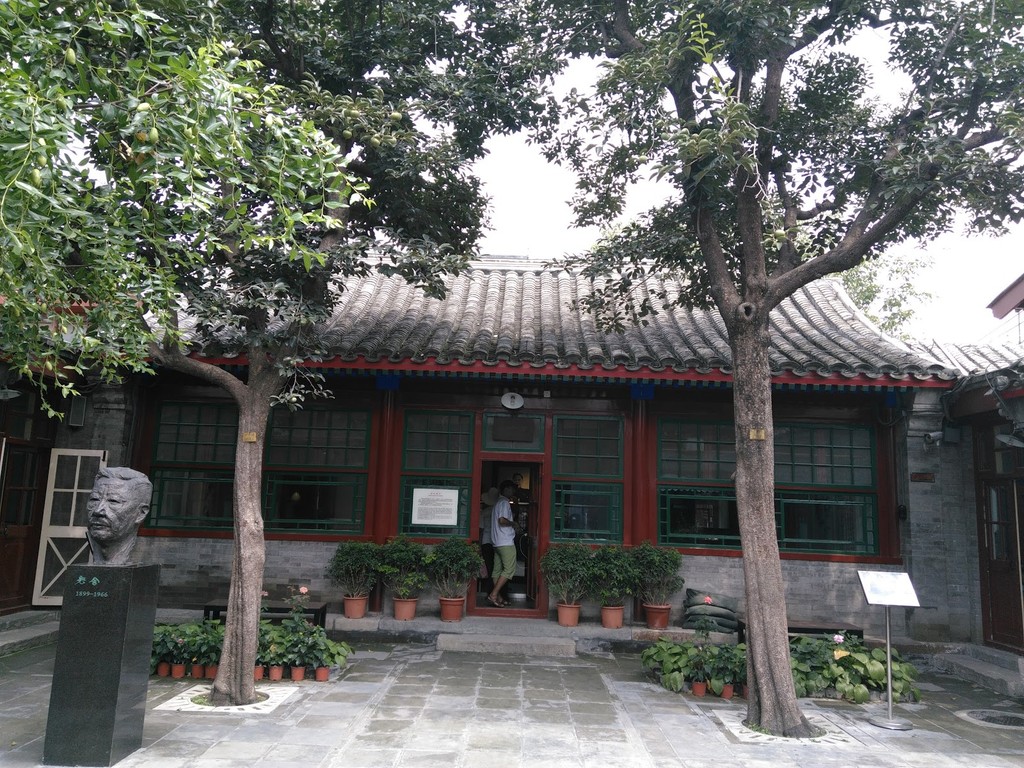
The Former Residence of Lao She (Source: Google Maps)
The Former Residence of Lao She is a museum dedicated to the life and works of one of China's most renowned writers, Lao She, who is celebrated for his novels that capture the essence of Beijing life. This historic site offers a glimpse into the literary history of the city and showcases artifacts from Lao She's life, including personal belongings, manuscripts, and photographs. The residence itself is a traditional Beijing courtyard house, reflecting the architectural style of the early 20th century. Visitors can explore the rooms where Lao She lived and worked, gaining insights into his creative process and the cultural milieu that influenced his writing.
National Art Museum of China
Housing a vast collection of modern and contemporary Chinese art, this museum provides a deep dive into the country's cultural and artistic heritage.
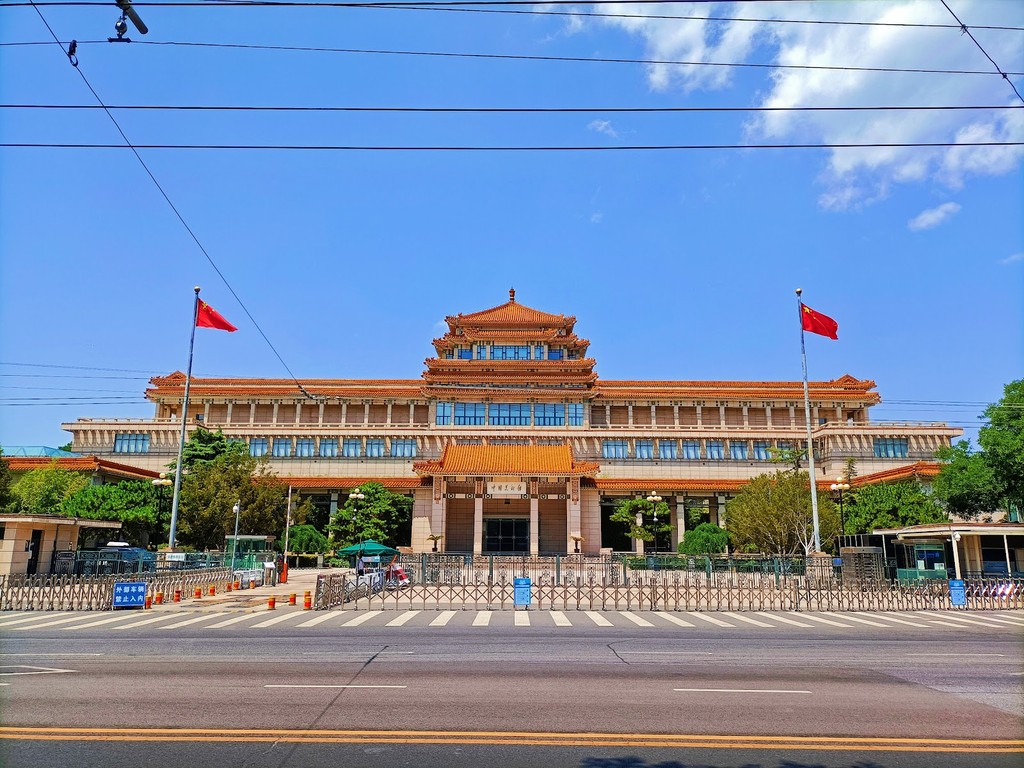
National Art Museum of China (Source: Google Maps)
The National Art Museum of China houses an extensive collection of modern and contemporary Chinese art, making it a vital institution for understanding the evolution of Chinese artistic expression. Opened in 2003, the museum features over 100,000 works, including paintings, sculptures, and installations from various periods and styles. The building itself is a striking example of modern architecture, designed to accommodate both traditional and contemporary art forms. The museum plays a crucial role in promoting Chinese culture and art, hosting exhibitions and educational programs that engage both locals and international visitors. Its collections reflect the rich tapestry of China's artistic heritage and the dynamic changes that have shaped it.
Beijing Capital Theatre
As one of Beijing's premier venues for performing arts, this theater showcases the city's rich tradition in opera and drama.
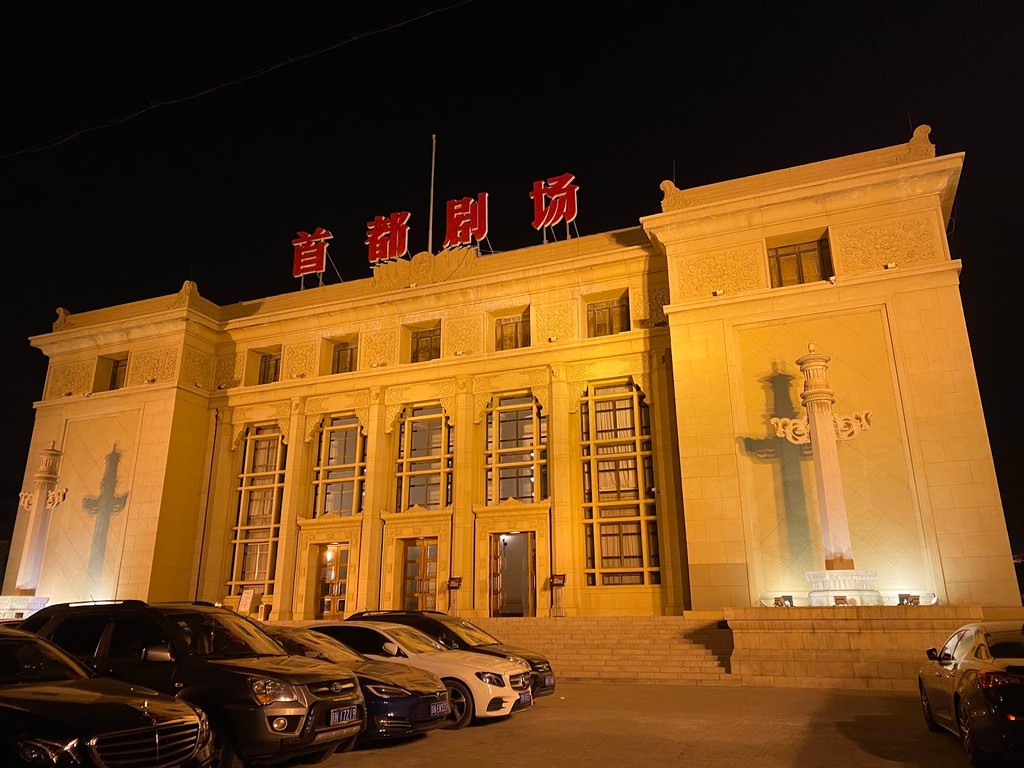
Beijing Capital Theatre (Source: Google Maps)
Beijing Capital Theatre is one of the city's premier venues for performing arts, showcasing a rich tradition of opera and drama. Established in 1984, the theater has hosted numerous significant performances, including traditional Chinese operas and contemporary plays. Its architecture combines modern design with elements of traditional Chinese aesthetics, creating a unique atmosphere for audiences. The theater is known for its state-of-the-art facilities and excellent acoustics, making it a favored location for both local and international artists. The Capital Theatre not only serves as a performance space but also as a cultural hub that promotes the arts and fosters appreciation for theatrical performances in Beijing.
Beijing People's Art Theatre
Founded in 1952, this theater is a cultural gem that has hosted numerous significant performances, reflecting the evolution of modern Chinese drama.
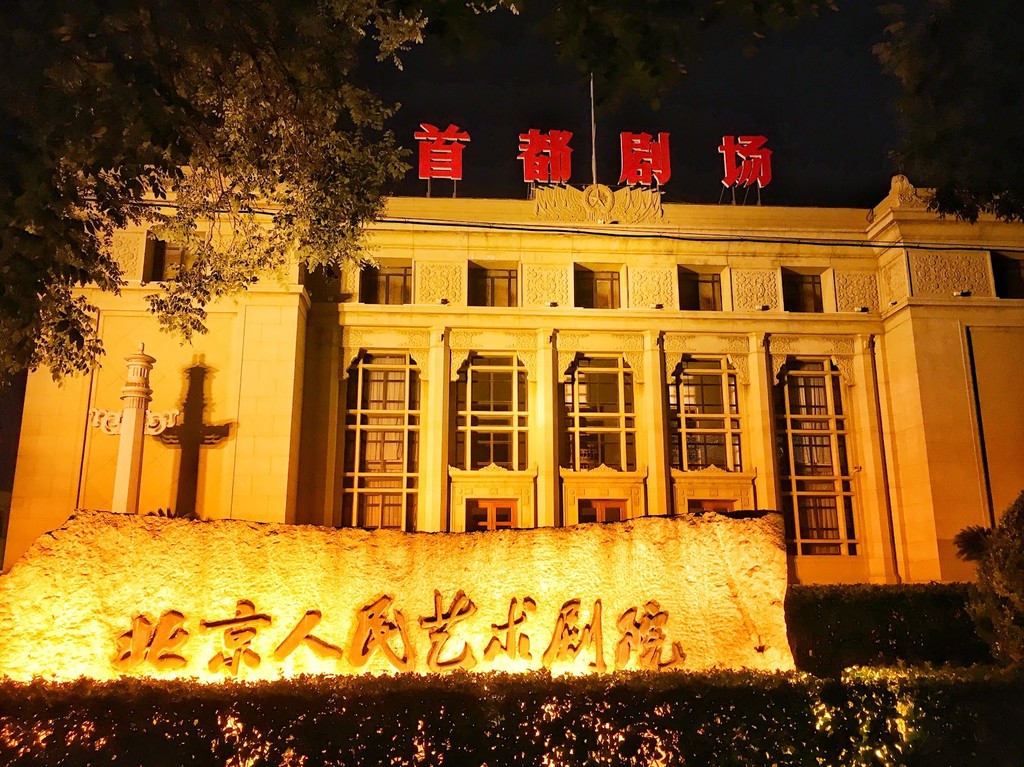
Beijing People's Art Theatre (Source: Google Maps)
Founded in 1952, the Beijing People's Art Theatre has become a cultural gem in the heart of the city, known for its dedication to modern Chinese drama. The theater has hosted numerous significant performances and is recognized for its contributions to the evolution of contemporary Chinese theatre. The building itself is an architectural landmark, designed to reflect the principles of traditional Chinese aesthetics while accommodating modern performance needs. The theater's repertoire includes classic plays as well as innovative works that challenge and reflect societal issues. It serves as an important platform for both established and emerging playwrights and actors, contributing to the vibrant cultural landscape of Beijing.
Beijing Foreign Languages Bookstore
Opened in 1952, this bookstore is not only a great place for book lovers but also a historical site representing China's cultural exchange with the world.
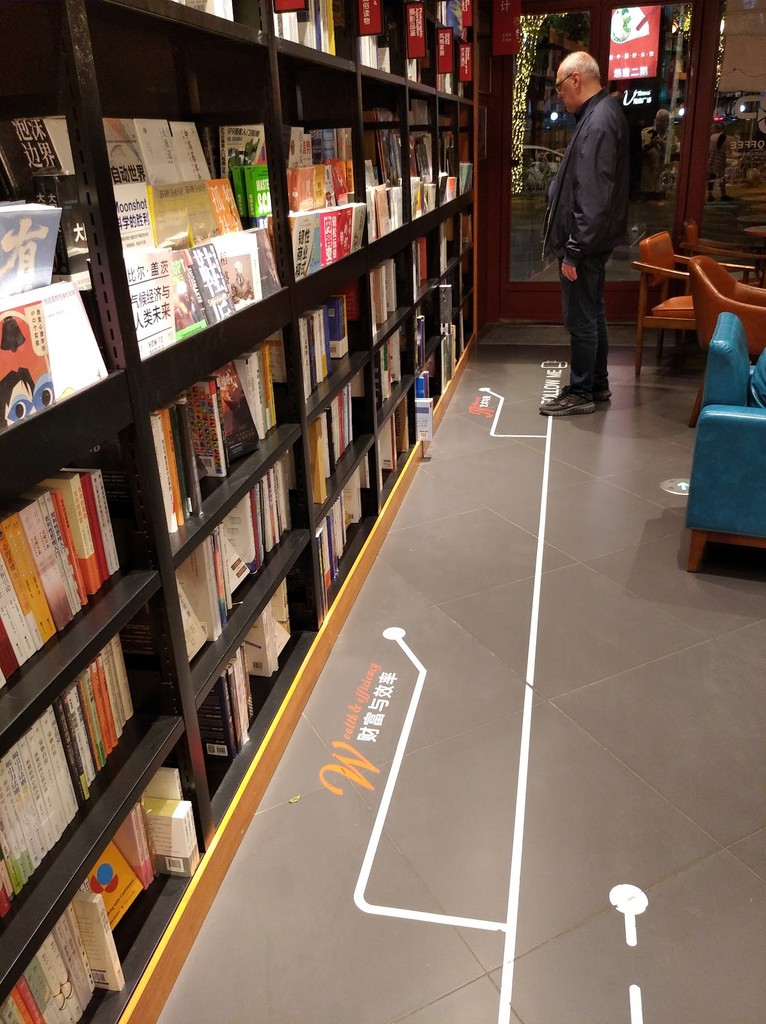
Beijing Foreign Languages Bookstore (Source: Google Maps)
Opened in 1952, the Beijing Foreign Languages Bookstore is not only a haven for book lovers but also a historical site representing China's cultural exchange with the world. The bookstore offers a wide selection of foreign language books, catering to both locals and expatriates. It has played a significant role in promoting foreign literature and fostering understanding between cultures. The architectural style of the bookstore reflects a blend of traditional and modern design, creating an inviting atmosphere for readers. Over the years, it has hosted numerous cultural events, book launches, and discussions, making it a vibrant part of Beijing's literary scene. The bookstore stands as a testament to the importance of literature in bridging cultural divides.
Beijing Department Store (Wangfujing)
This iconic department store, established in the 1950s, symbolizes the commercial history of Beijing and the evolution of Chinese retail.
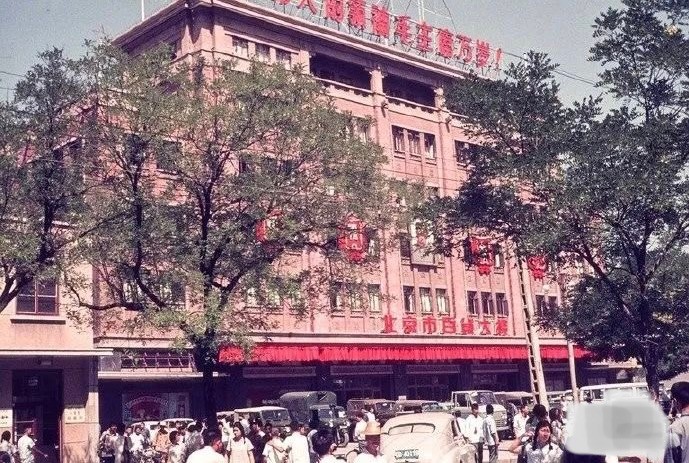
Beijing Department Store (Wangfujing) (Source: Google Maps)
The Beijing Department Store, established in the 1950s, is an iconic retail establishment that symbolizes the commercial history of Beijing. This department store has witnessed the evolution of Chinese retail and consumer culture over the decades. Its architecture reflects the socialist design principles of its time, with spacious interiors and a functional layout. The store offers a wide range of products, from clothing and household items to local handicrafts, catering to both locals and tourists. It serves as a microcosm of Beijing's shopping culture, showcasing the changes in consumer preferences and lifestyles. The department store continues to be a popular destination for shoppers, providing a glimpse into the past while embracing modern retail trends.
Wangfujing Snack Street
While modern in its offerings, this bustling street provides a taste of local flavors and culinary history, perfect for a quick snack break.
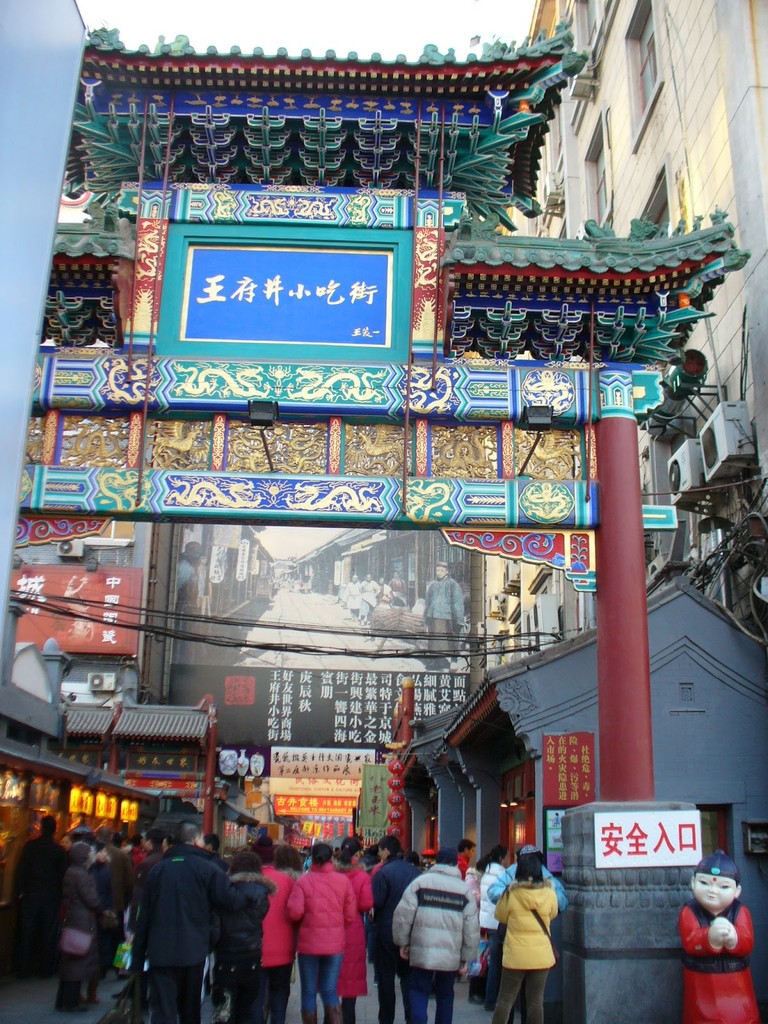
Wangfujing Snack Street (Source: Google Maps)
Donghuamen Night Market
Though now closed, the area remains a significant cultural spot where visitors can imagine the vibrant street food culture that once thrived here.
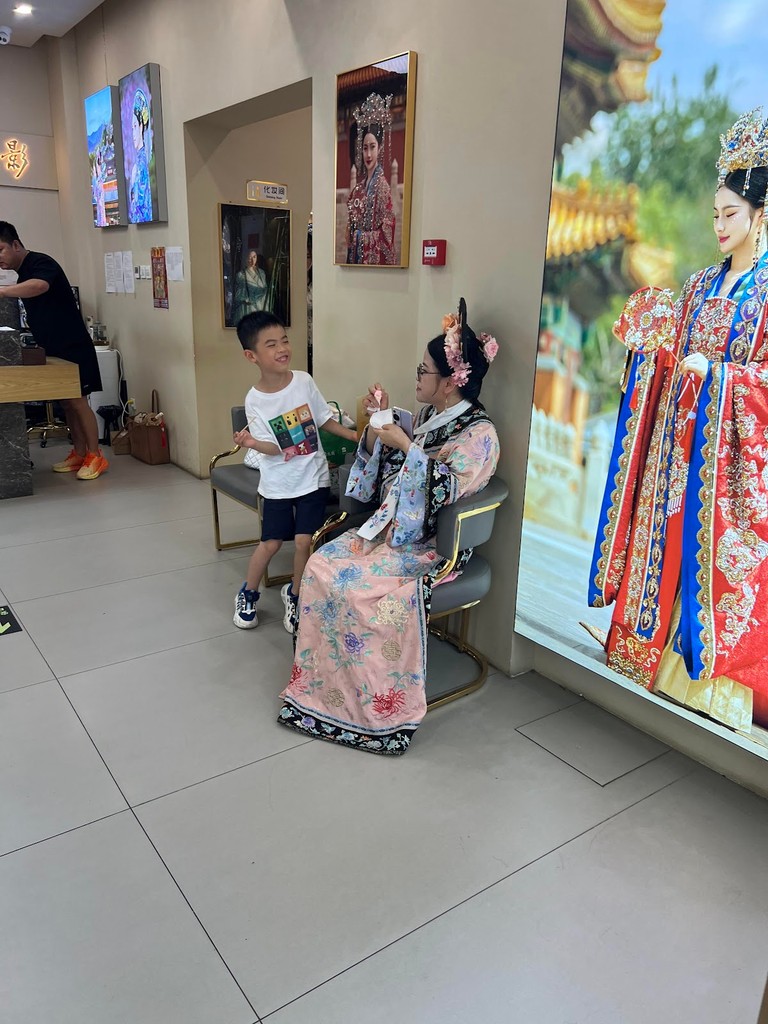
Donghuamen Night Market (Source: Google Maps)
Though now closed, the Donghuamen Night Market was once a vibrant cultural spot in Beijing, where visitors could immerse themselves in the city's street food culture. The market was famous for its diverse offerings, including skewers, dumplings, and exotic snacks, providing a taste of local flavors. Its lively atmosphere attracted both locals and tourists, making it a popular destination for food enthusiasts. The market's closure has left a nostalgic void, but its legacy continues to influence the culinary scene in Beijing. Visitors can still imagine the bustling crowds and the enticing aromas that once filled the air, reflecting the rich culinary traditions of the city.

Your travels, your rules.
Create your own Free Walking Tours.
Set your preferences, distances and anything you want to do or see.
Completely free, no payment required.